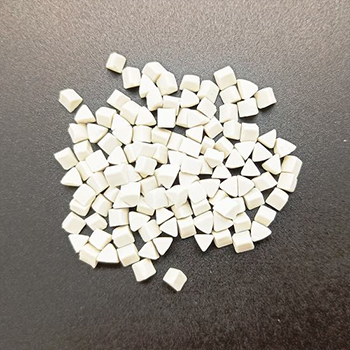
Exploring the Influence of Oxide Powder Colors on Concrete Aesthetics and Performance
The Impact of Oxide Powder Color on Concrete Enhancing Aesthetics and Performance
Concrete has long been celebrated for its durability and strength, making it a popular choice for construction projects worldwide. However, the advent of colored concrete has transformed this traditional building material into a canvas for creativity and innovation. Among the various methods of coloring concrete, the use of oxide powders stands out for its versatility and effectiveness. This article explores the significance of oxide powder color for concrete, examining its benefits, application methods, and impact on the aesthetics of structural projects.
Understanding Oxide Powders
Oxide powders are natural or synthetic pigments that can be added to concrete mixes to achieve a wide range of colors. These inorganic pigments are highly stable, which means they do not fade over time and withstand harsh environmental conditions, making them ideal for outdoor applications. Commonly used oxide pigments include iron oxides, chromium oxides, and ultramarines, each providing unique color options. The use of these pigments not only enhances the aesthetic appeal of concrete but also contributes to its overall performance.
Benefits of Colored Concrete
One of the primary advantages of using oxide powder for coloring concrete is its ability to blend aesthetics with functionality. Colored concrete offers a variety of design possibilities, allowing architects and designers to create visually striking structures that complement their environment. Whether used for sidewalks, driveways, patios, or decorative elements, colored concrete can enhance the visual appeal of any space.
In addition to aesthetic benefits, oxide powder color can also improve the performance of concrete. For instance, the addition of certain pigments can help regulate the temperature of concrete surfaces, reducing heat absorption and mitigating the urban heat island effect in densely populated areas. This characteristic is particularly beneficial in sunny climates, where lighter-colored concrete can help keep surrounding areas cooler.
Application Techniques
oxide powder color for concrete

There are several methods for incorporating oxide powder into concrete, each suited for different applications and desired outcomes
. The most common techniques include1. Integral Coloring This method involves mixing the oxide powder directly into the concrete batch before pouring. Integral coloring ensures a uniform color throughout the concrete, making it ideal for large surfaces such as slabs and pavements.
2. Color Hardener This technique applies the oxide powder as a surface treatment after the concrete is poured and before it sets. This method allows for vibrant, rich colors and is often used in stamped concrete applications to highlight patterns and designs.
3. Acid Staining While not a direct use of oxide powder, acid staining can enhance the color of concrete once it has cured. The process involves applying a mixture of acid and colorants, reacting with the concrete to create a unique, variegated effect.
Choosing the Right Color
When selecting oxide powder color for concrete, it is essential to consider the project's context, including surrounding materials, design objectives, and environmental conditions. Factors such as the intended use of the space, pedestrian traffic, and exposure to sunlight can significantly influence color choice. For instance, darker colors may absorb more heat, making them less suitable for certain applications in warmer climates.
Conclusion
The use of oxide powder color in concrete has revolutionized the way we view this essential building material. By blending functionality with aesthetic appeal, colored concrete offers endless design possibilities while providing enhanced performance benefits. As construction practices continue to evolve, the importance of color in concrete will remain a vital consideration for architects, designers, and builders alike, shaping the urban landscape of tomorrow.
Share
-
Premium Pigment Supplier Custom Solutions & Bulk OrdersNewsMay.30,2025
-
Top China Slag Fly Ash Manufacturer OEM Factory SolutionsNewsMay.30,2025
-
Natural Lava Rock & Pumice for Landscaping Durable Volcanic SolutionsNewsMay.30,2025
-
Custom Micro Silica Fume Powder Manufacturers High-Purity SolutionsNewsMay.29,2025
-
Custom Mica Powder Pigment Manufacturers Vibrant Colors & Bulk OrdersNewsMay.29,2025
-
Custom Micro Silica Fume Powder Manufacturers Premium QualityNewsMay.29,2025






